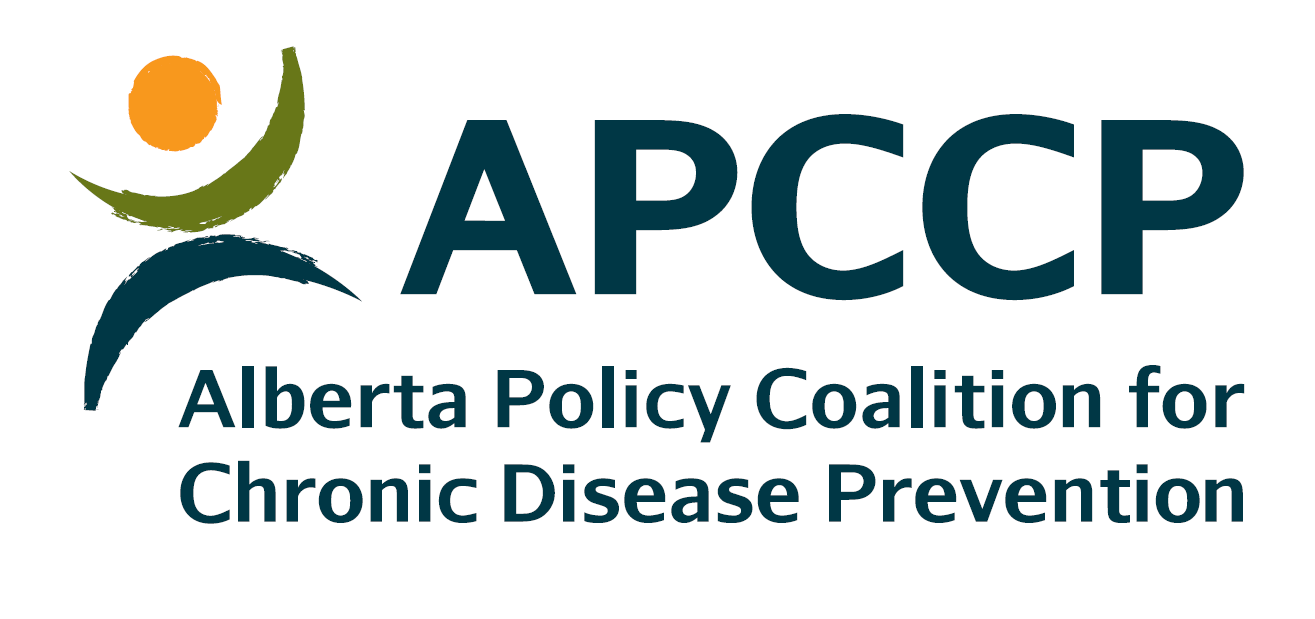Learning Objective 2:
Become familiar with the process of creating community specific recommendations
How do you create community-specific recommendations?
While your group is reviewing the suggested recommendations, discuss ways your community can improve food environments. Use the information to help you brainstorm actions that are feasible and relevant for your community. Next add in specific actions that your community hopes to achieve.
Recommendations can vary in format, specificity, and scope:
- You can assign a specific individual to recommendations or keep them generic, naming an action the community will take on as a whole. For example, “Community Dietitians to provide childcare settings with healthy eating posters” (specific individual) or “explore opportunities for community collaborations to increase the availability of fresh fruits and vegetables” (entire community).
- You can incorporate recommendations that are short-term (quick wins) and long-term goals.
- You can incorporate recommendations for research, practice, and policy! For example:
- Research: Gather information on customers’ preferences for healthy foods through a patron survey
- Practice: Decrease unhealthy foods served by 5-10% each year
- Policy: Negotiate food vendor contracts that offer more healthy food options, provide parameters and reference the Patron Survey results to justify



